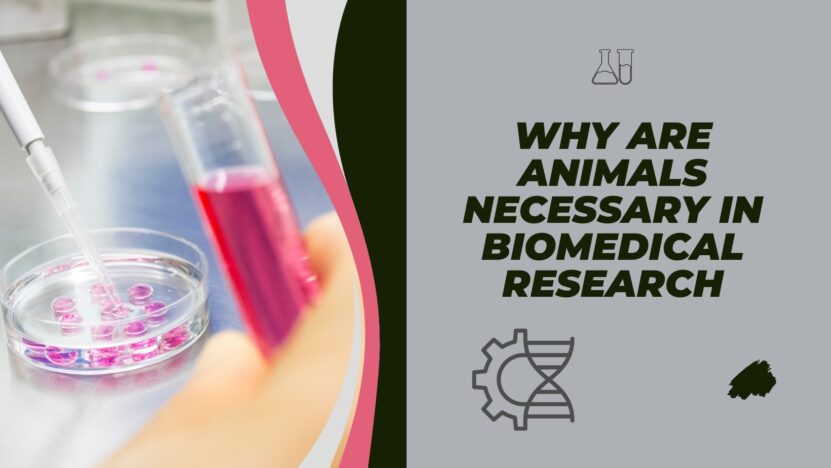Biomedical research has been at the forefront of humanity’s fight against diseases, leading to the development of new treatments and therapies that have saved countless lives. One crucial aspect of this research involves the use of animals, which has been the subject of much debate and controversy over the years.
However, animal models remain indispensable to the scientific community, playing a vital role in advancing our understanding of human physiology and the mechanisms underlying various diseases.
In this comprehensive and engaging article, we will delve into the importance of animals in biomedical research, unraveling their multifaceted contributions to our collective scientific knowledge. By exploring the ethical considerations, alternatives, and future of animal models, we aim to provide a well-rounded perspective on this essential yet contentious subject.
The Historical Role of Animals in Biomedical Research
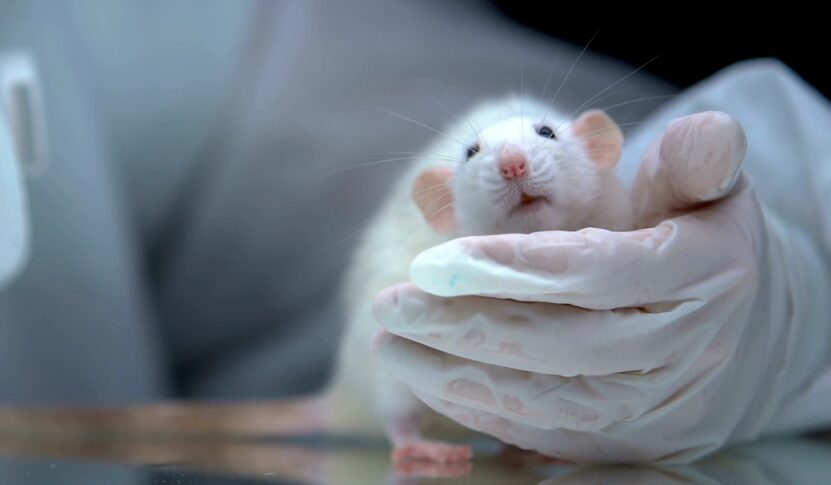
The use of animals in scientific research can be traced back centuries, with some of the most significant discoveries in medicine being made possible by their involvement. In the 19th century, Louis Pasteur’s experiments with animals led to the development of the germ theory of disease and the first vaccines for rabies and anthrax. In the early 20th century, the discovery of insulin for the treatment of diabetes was facilitated by the use of dogs in the laboratory.
Over the years, countless other groundbreaking discoveries have emerged from animal research, including the development of antibiotics, organ transplantation techniques, and the identification of cancer-causing agents. These achievements have not only revolutionized modern medicine but also provided us with critical knowledge about human biology and disease processes.
Understanding the Use of Animal Models
In biomedical research, animal models are used to study various aspects of human health, including the investigation of normal physiological processes, the study of disease mechanisms, and the development and testing of new treatments. Animals can serve as valuable stand-ins for humans in these studies because they share many similarities in terms of genetics, anatomy, and biological functions.
Some of the most commonly used animal models in biomedical research include mice, rats, zebrafish, fruit flies, and non-human primates. Each species offers unique advantages that make them suitable for specific types of research. For instance, mice and rats are mammals with genetic similarities to humans, making them ideal for studying genetic diseases and drug development. Meanwhile, zebrafish and fruit flies have simpler organisms, allowing researchers to study basic biological processes and developmental biology.
Advantages of Using Animal Models
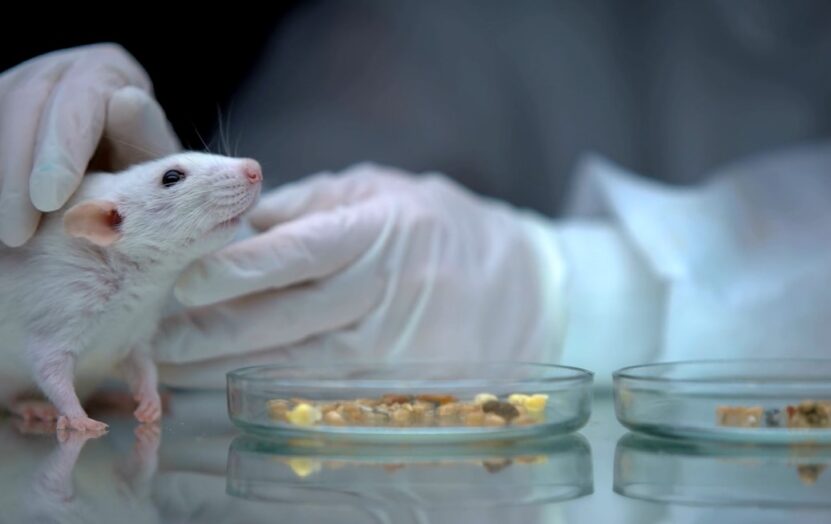
There are several reasons why animals remain indispensable in biomedical research:
1. Ethical Considerations
It is generally considered unethical to conduct potentially harmful experiments on humans without first testing the safety and efficacy of new treatments in animal models. Animals provide a means to study the effects of experimental treatments without exposing human subjects to unnecessary risks.
2. Biological Similarities
As mentioned earlier, animals share many genetic, anatomical, and physiological similarities with humans. This enables researchers to study human diseases and develop potential treatments in a controlled environment, with results that are often applicable to human health.
3. Experimental Control
Animal models allow for a greater level of experimental control than is typically possible in human studies. Researchers can manipulate environmental factors, genetics, and other variables to better understand the factors that contribute to disease development and progression.
4. Accelerated Discovery
Animal models can speed up the pace of scientific discovery by enabling researchers to study diseases and test new treatments more rapidly than would be possible using human subjects alone.
Ethical Considerations and Alternatives to Animal Research
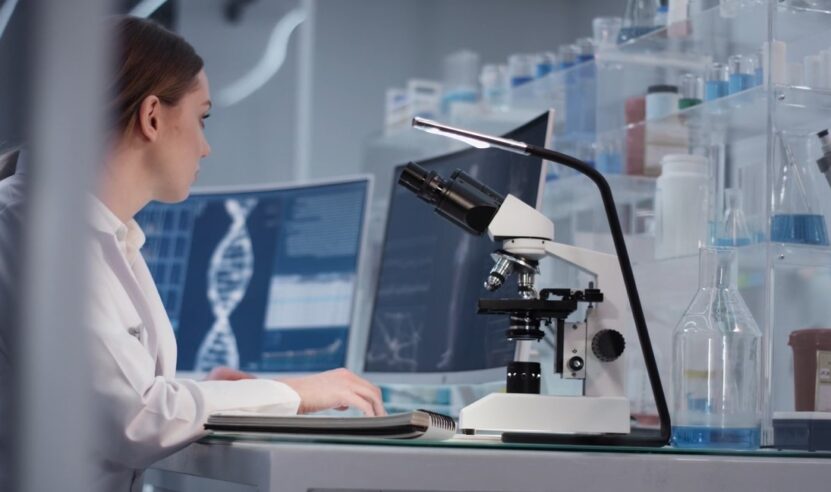
While the importance of animal models in biomedical research cannot be understated, it is crucial to recognize and address the ethical concerns surrounding their use. The scientific community has a responsibility to treat animals with respect and minimize their suffering.
This has led to the establishment of guidelines and regulations to ensure the humane treatment of animals in research. The “Three Rs” principle – Replacement, Reduction, and Refinement – serves as the foundation for ethical animal research.
1. Replacement
Researchers should consider alternatives to animal models whenever possible, such as in vitro methods, computer simulations, or non-invasive human studies.
2. Reduction
Scientists must minimize the number of animals used in their experiments by utilizing effective experimental design and statistical analysis to obtain reliable results with the fewest animals possible.
3. Refinement
Researchers should employ methods that minimize animal suffering and enhance animal welfare, such as using less invasive procedures or providing appropriate pain relief.
As technology continues to advance, new alternatives to animal research are emerging. For example, organ-on-a-chip technology involves the use of microfluidic devices containing living human cells that mimic the structure and function of human organs.
This technology holds great promise for reducing the need for animal models in drug development and toxicity testing. Additionally, computational models and simulations can provide valuable insights into biological processes and drug interactions without involving animals.
The Future of Animal Models in Biomedical Research
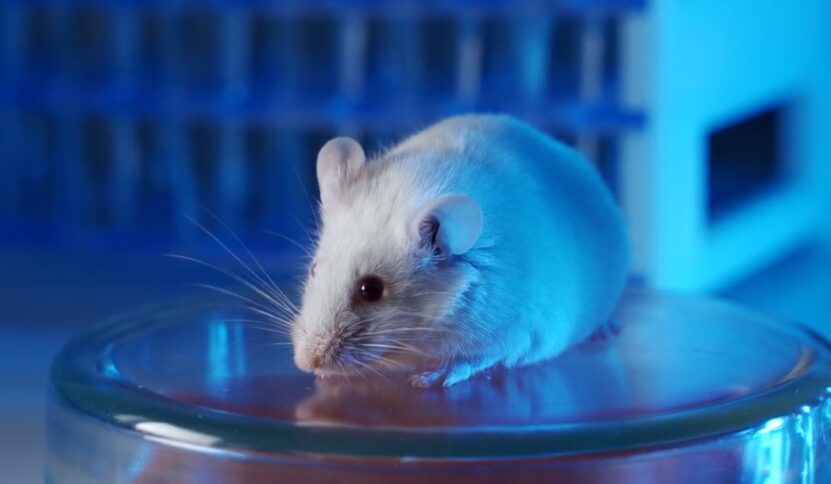
While it is essential to explore and develop alternatives to animal research, it is unlikely that animals will be entirely replaced in the foreseeable future. Animal models will continue to play a crucial role in the investigation of complex biological processes, disease mechanisms, and the development of new therapies.
However, the future of animal research will likely involve a shift toward more refined and targeted approaches. Precision animal models, such as genetically modified organisms that closely mimic human diseases, will allow researchers to study specific disease processes and therapeutic targets with greater accuracy.
Furthermore, the integration of emerging technologies like CRISPR gene editing, advanced imaging techniques, and artificial intelligence will enable researchers to conduct more sophisticated and targeted experiments, potentially reducing the number of animals needed in research.
Final Words
Animals have been, and continue to be, indispensable in the world of biomedical research. Their contributions to our understanding of human physiology, disease mechanisms, and the development of life-saving therapies cannot be overstated. While ethical considerations must always be at the forefront of scientific inquiry, it is crucial to acknowledge the vital role that animal models play in driving scientific discovery and improving human health.
As we move into the future, it is essential to embrace and develop alternative methods that can complement and, in some cases, replace the use of animals in research. By continuing to refine our experimental techniques, minimize animal suffering, and push the boundaries of technological innovation, we can ensure that the invaluable contributions of animal models in biomedical research are leveraged responsibly and effectively for the betterment of human health.

